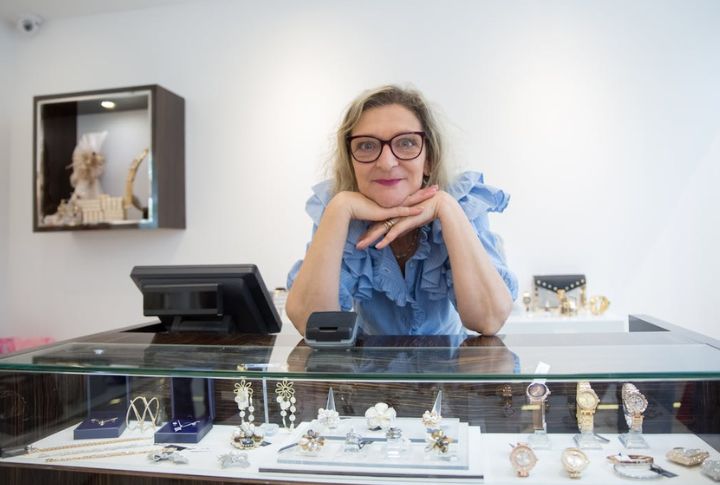
Most shoppers stroll right past the jewelry case without even a second glance. But what if that overlooked corner is where the real treasures are hiding? The truth is, secondhand stores can be full of surprises—if you know where and how to look. That’s why, before you pass by again, it’s worth learning how to spot the pieces that are actually valuable. So, let’s uncover what makes certain jewelry worth taking home.
Check For Hallmarks And Stamps
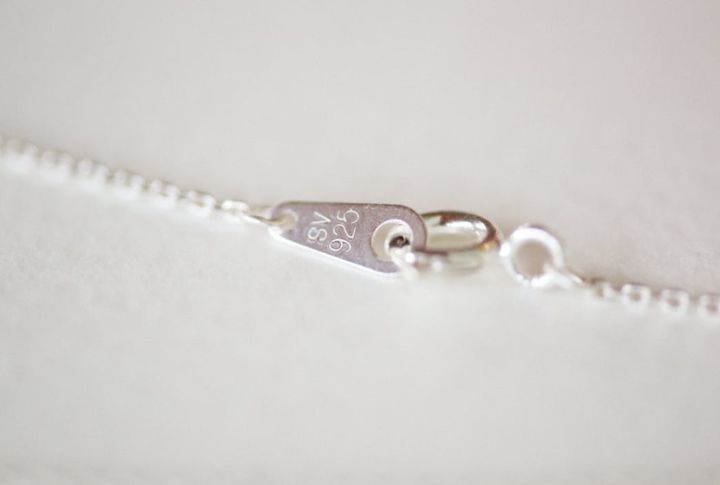
That tiny number stamped inside a ring or on a necklace clasp can tell you everything. Look for marks like 14K or 925; those mean gold or silver. Even old, faded stamps are worth a second look. When you see it has a mark, it might be worth more than it looks.
Test With A Magnet
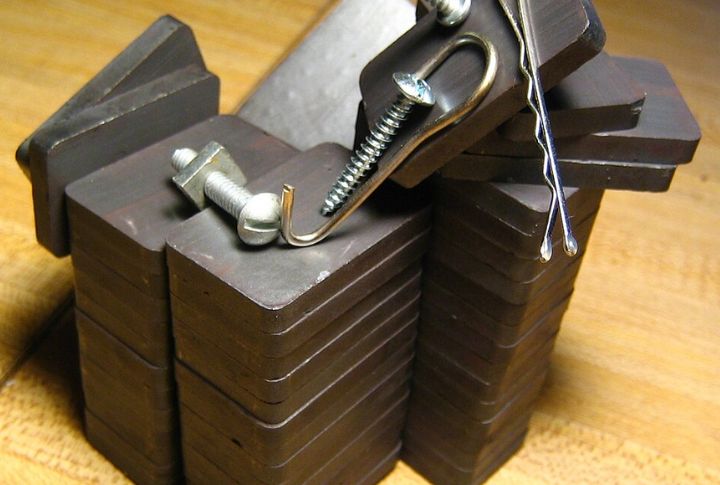
If it sticks to a magnet, it’s probably not real gold or silver. Keep a small magnet in your pocket or bag, as it takes only two seconds to check. Just remember to test the whole piece, not just the clasp, or you might miss something good.
Weigh The Piece
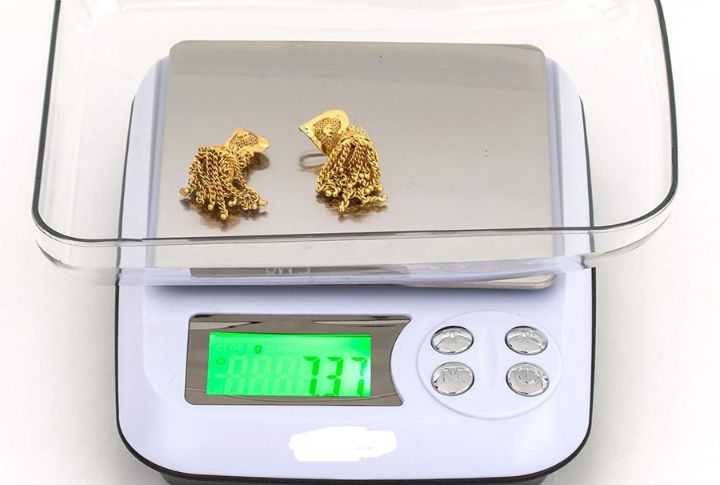
Weight matters more than you think. Real gold and silver carry a solid feel in your hand, even in delicate pieces. Fake ones often feel hollow or way too light. Keeping a pocket scale in your bag makes it easy to check when you’re unsure.
Look For Real Gemstone Traits
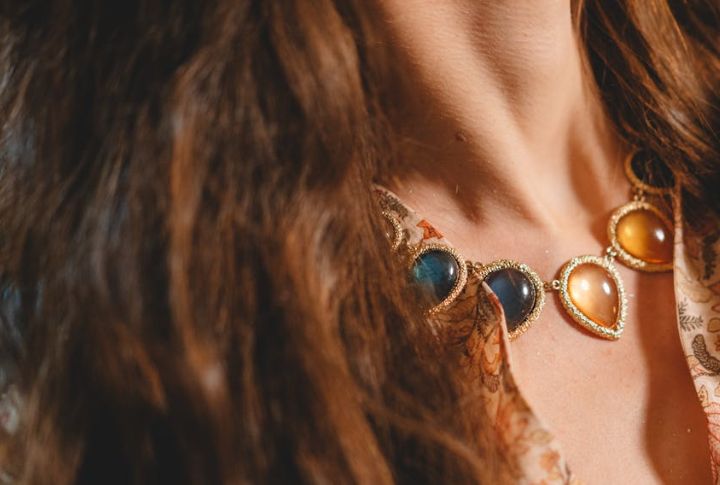
Flawless stones might look perfect, but they can actually be a red flag. Real gems usually have tiny flaws inside—those imperfections are often a sign of authenticity. Try shining a flashlight on the stone, too. Some genuine gems, like rubies, glow red under UV light. So, go ahead and get curious.
Smell The Metal
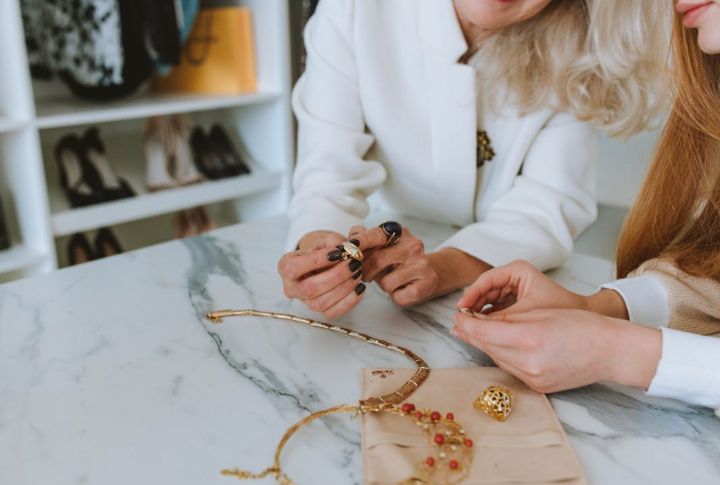
It might sound odd, but your nose can tell you more than you think. Real gold and silver don’t smell like anything. In case you notice a metallic or sweaty scent, it’s probably cheap metal. A quick sniff can help you skip the fakes fast.
Watch For Mismatched Earrings
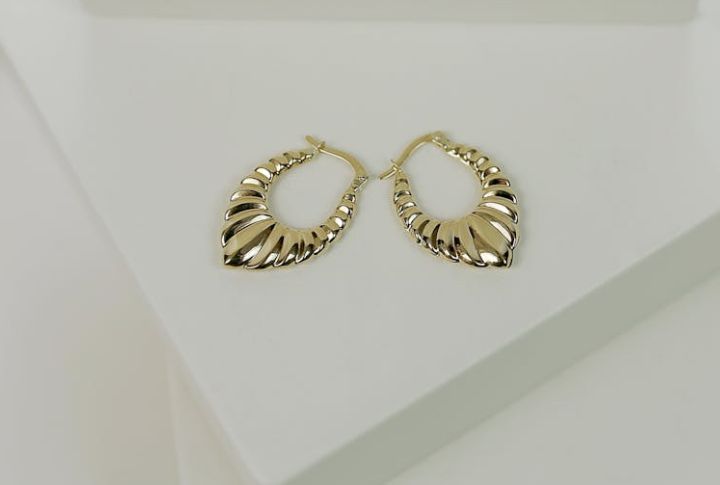
Don’t pass over single earrings, as they’re often tossed aside as useless. But one real gold stud still has value. Some people collect mismatches, and others melt them down. Believe it or not, real diamonds sometimes end up in the junk bin just because the other earring is missing.
Inspect The Craftsmanship
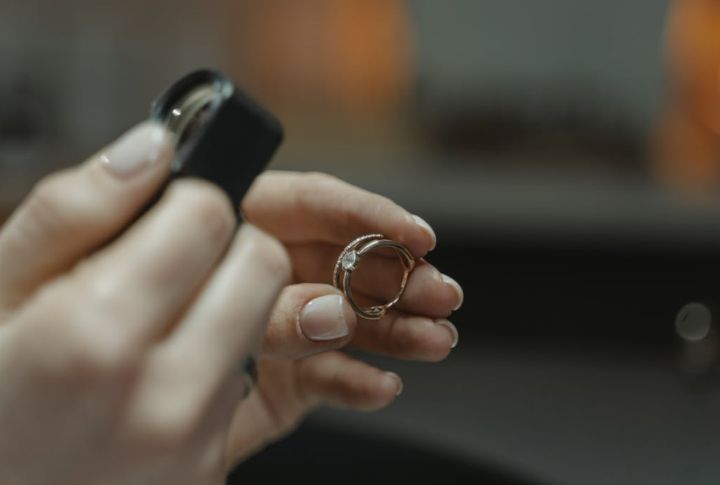
Take a closer look at how it’s made. Are the clasps secure? Do the stones sit evenly? Real jewelry feels sturdy and looks carefully made. When it’s glued together or looks off-balance, it’s likely just costume stuff. Trust your gut: if it feels cheap, then it probably is.
Trust The Patina
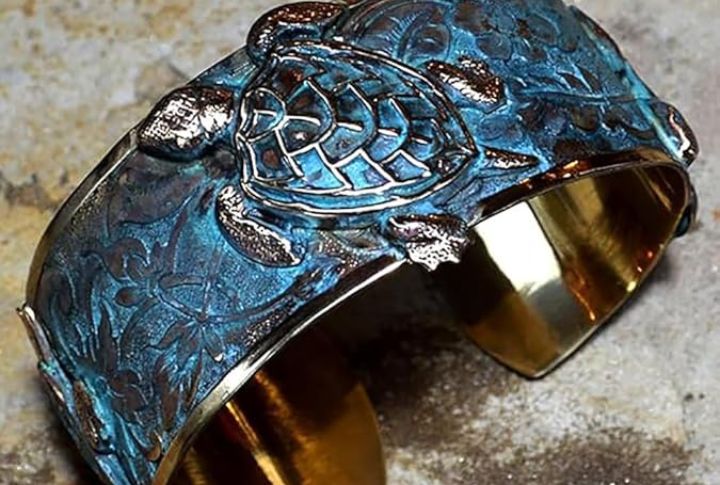
For a silver piece that looks a little tarnished or a gold item that has a worn look, that’s a good thing. Real metals age naturally. If the finish is flaking or it turns green, it’s probably fake. Old doesn’t mean junk. Sometimes age is a sign of quality.
Don’t Ignore The Junk Bins
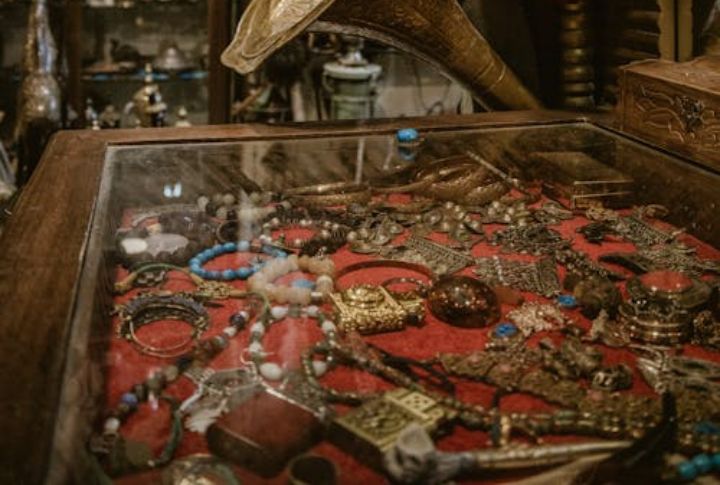
Those trays full of tangled chains and solo earrings are where the good stuff hides. Staff don’t always catch valuable pieces, especially if they’re broken or dirty. So dig a little; what looks like a mess might turn out to be your best find.
Know The Vintage Brands
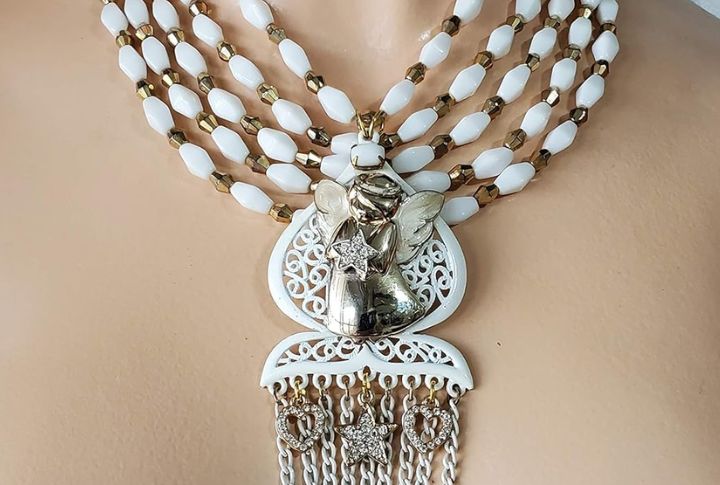
Keep an eye out for names like Trifari or Coro stamped on the back. These brands made costume jewelry that collectors still want today. Even if it’s not real gold, it can be worth serious money. Some pieces from the ’50s sell for hundreds now.

